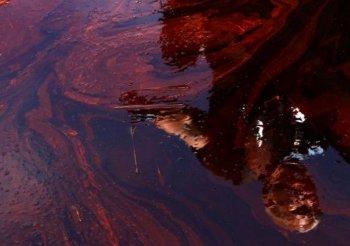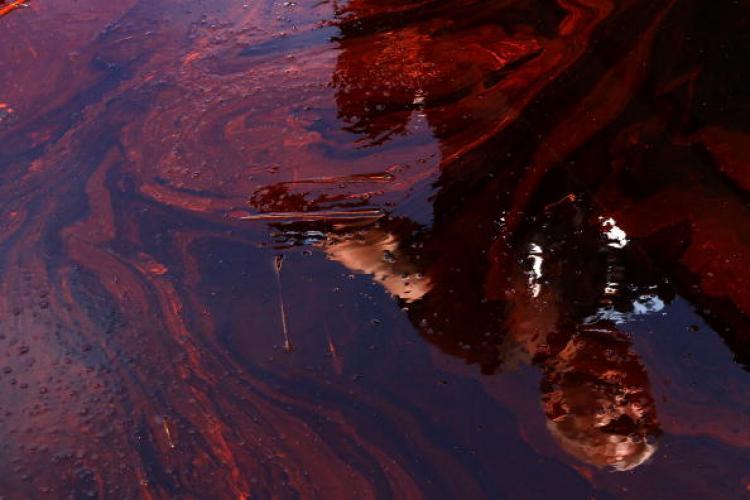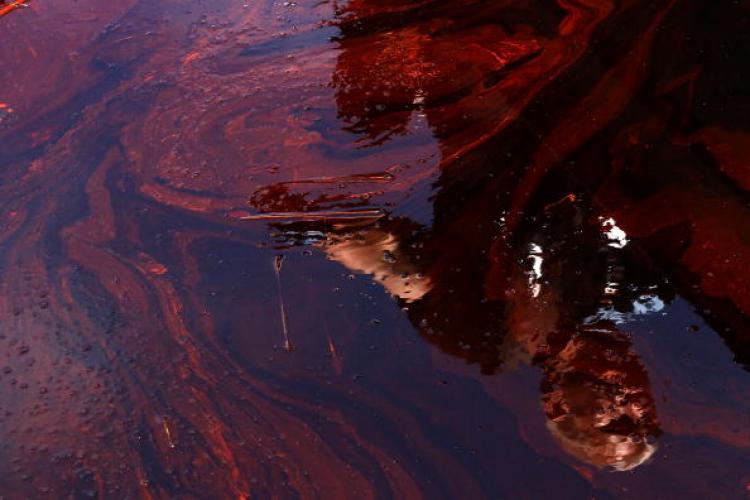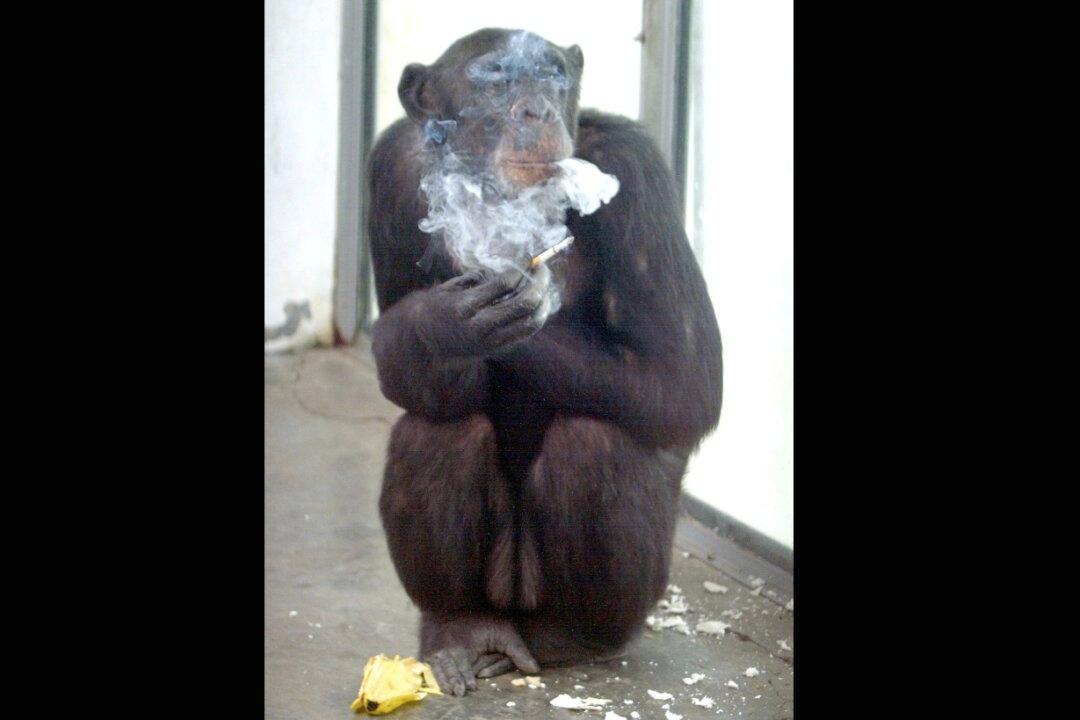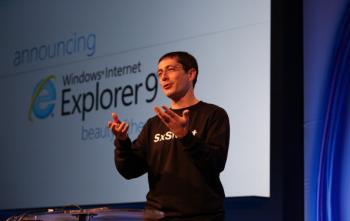BP released a statement on their website explaining a new plan of action to stop the flow of oil pouring into the Gulf Of Mexico Wednesday, following an announcement from the White House saying President Obama was on his way to look at the oil spill. BP was asked by multiple organizations to provide live video footage of their cleanup efforts including a new oil spill “top kill” procedure that BP says could “kill the well.”
“The procedure is intended to stem the flow of oil and gas and ultimately kill the well by injecting heavy drilling fluids through the blowout preventer on the seabed, down into the well,” said BP in a statement.
Massachusetts Democratic House Rep. Edward J. Markey has been demanding continued live video feed of the oil spill cleanup. He released a statement saying that the video should remain constant until the mess is in order.
“BP made the right decision to allow the public to see this potentially historical event for themselves. The hopes of millions of Americans rest on this effort, and the world deserves a firsthand view of the top kill attempt,” said Markey in a statement.
The White House also posted a press statement, confirming President Obama’s intentions to travel to Louisiana to take a close look at the Gulf oil spill. The president will be discussing possible solutions to the ongoing spill with a group of publicly and privately funded scientists.
President Obama also spoke with Energy Secretary Steven Chu tonight by telephone from Air Force One. Secretary Chu briefed the president on his scientific and technical assessment of BP’s plans for a possible top kill and what the next steps will be if BP’s top kill fails to stop the spill.
At the request of President Obama, Secretary Chu has been leading a team of top scientists who have been scrutinizing BP’s plans to stop the leak and providing expert advice and ideas to help better inform BP’s approach and maximize the chances for success. As part of these efforts, Secretary Chu is in Houston today.
BP is now conducting crucial diagnostic pressure tests inside the blowout preventer before the top kill moves forward. Secretary Chu and his team are evaluating that data in real time as it is coming in. They are also helping analyze multiple backup plans if the top kill does not work.
The National Oceanic and Atmospheric Administration (NOAA) will also deploy U.S. Naval equipment to the site of the oil spill. NOAA plans to supply more floaters, drifters, and under water traveling devises to help put a stop to this ongoing threat to ocean life.
BP is making a strong effort to put a stop to the oil spill but federal officials do not plan on waiting until it’s too late to realize the company is in over its head. Adm. Mary Landry and National Incident Commander Adm. Thad Allen have agreed to BP’s tactics and are awaiting the arrival of President Obama to implement a back up plan with their team of scientists if BP can’t clear up the situation.
“The procedure is intended to stem the flow of oil and gas and ultimately kill the well by injecting heavy drilling fluids through the blowout preventer on the seabed, down into the well,” said BP in a statement.
Massachusetts Democratic House Rep. Edward J. Markey has been demanding continued live video feed of the oil spill cleanup. He released a statement saying that the video should remain constant until the mess is in order.
“BP made the right decision to allow the public to see this potentially historical event for themselves. The hopes of millions of Americans rest on this effort, and the world deserves a firsthand view of the top kill attempt,” said Markey in a statement.
The White House also posted a press statement, confirming President Obama’s intentions to travel to Louisiana to take a close look at the Gulf oil spill. The president will be discussing possible solutions to the ongoing spill with a group of publicly and privately funded scientists.
President Obama also spoke with Energy Secretary Steven Chu tonight by telephone from Air Force One. Secretary Chu briefed the president on his scientific and technical assessment of BP’s plans for a possible top kill and what the next steps will be if BP’s top kill fails to stop the spill.
At the request of President Obama, Secretary Chu has been leading a team of top scientists who have been scrutinizing BP’s plans to stop the leak and providing expert advice and ideas to help better inform BP’s approach and maximize the chances for success. As part of these efforts, Secretary Chu is in Houston today.
BP is now conducting crucial diagnostic pressure tests inside the blowout preventer before the top kill moves forward. Secretary Chu and his team are evaluating that data in real time as it is coming in. They are also helping analyze multiple backup plans if the top kill does not work.
The National Oceanic and Atmospheric Administration (NOAA) will also deploy U.S. Naval equipment to the site of the oil spill. NOAA plans to supply more floaters, drifters, and under water traveling devises to help put a stop to this ongoing threat to ocean life.
BP is making a strong effort to put a stop to the oil spill but federal officials do not plan on waiting until it’s too late to realize the company is in over its head. Adm. Mary Landry and National Incident Commander Adm. Thad Allen have agreed to BP’s tactics and are awaiting the arrival of President Obama to implement a back up plan with their team of scientists if BP can’t clear up the situation.
